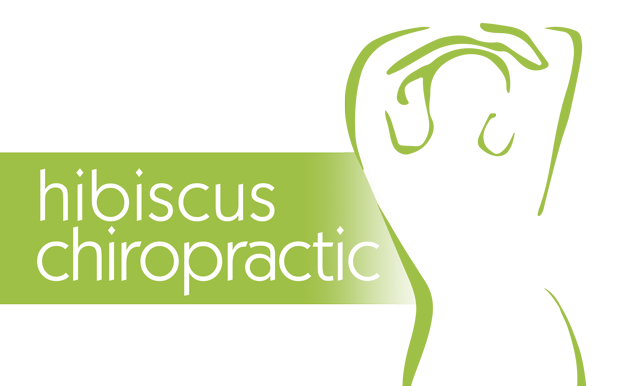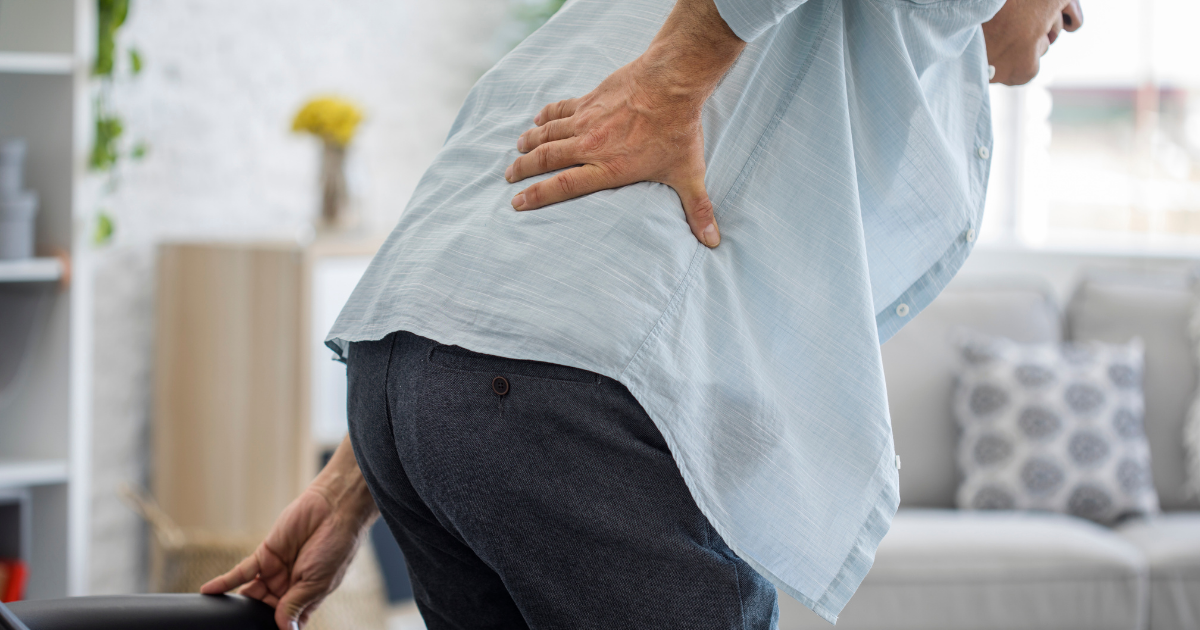It’s no surprise that most adults don’t like winter in general. Not only does it make the body freeze, but it can also trigger stiffness, pain, and inflammation to the joints!
According to WebMD, the cold air’s change in atmospheric pressure is one of the common things that triggers joint pain [1]. When pressure drops, this can cause the fluid within your joints to move less freely, making your joints stiff and your muscles reluctant to stretch.
Furthermore, this pressure can also produce swelling in the joints and irritate sensory nerves located around it. This can result in messages of pain and tightness being sent to the brain whenever you try to move your joints around.
That being said, this season can be the most stressful for those who suffer from arthritis. As the temperature drops and the flare-ups get worse, it can be uncomfortable and may even affect their quality of life. With this in mind, We have here some tips that can help you ease and manage joint pain and inflammation during winter:
Let’s start with the most obvious…
#1 Keep Yourself Warm
Staying warm helps your muscles relax and reduce your perception of pain. Whether you are indoors or outside doing errands, make sure to wear enough layers of clothing. Don’t forget to protect your hands and add extra layers to knees, elbows, or other achy body parts. For especially cold nights, soaking in a hot tub before you go to bed can also provide relief from the discomfort of cold weather. Once you are ready to turn in, a good choice of fleece blankets and heating pads can provide the extra warmth you need.
#2 Be active
The cold sometimes can make you feel lazy all week, but we suggest you resist this and try to be as active as possible. Remember that inactivity will only result in more stiffness and can only make joint pain even worse. Exercise is the best way to combat this, as it improves blood and oxygen circulation to the limbs and joints and it also keeps your body temperature steady.
#3 Stay Hydrated
For individuals with arthritis, drinking plenty of water is essential. Water is a necessary component of synovial fluid, which is the one that lubricates, cushions, and protects the joints. Water also helps flush out toxins in the body, thereby reducing inflammation in the body.
#4 Get your D’s
Vitamin D is very beneficial especially to people who suffer from inflammation and joint pain. Not only does it help your bones absorb calcium, but it’s also crucial for muscle movement, and communication between nerves [2]. Getting adequate amounts is also shown to help in decreasing pain sensitivity [3] in the cold months. If it’s difficult for you to get exposure during this period, then the more reason to get your D’s through supplements or from your diet.
#5 Talk to us.
If you suffer from ongoing joint pains and arthritis, you’re not alone. Our team can be your partner in fighting your battle! First of all, we want to help you move your body more freely because more movement means a better fighting chance against the progression of arthritis. The second is we want to provide you with an optimal spine and central nervous system that will help reduce the pain and help your body’s healing process.
To see if we can help you with your condition, it is best to see us personally. Call us at 022 3914994 or book your appointment here.
For more information on how chiropractic can help with joint pains and arthritis, please email us at gian@hibiscuschiro.co.nz and we’ll be happy to answer your queries
References:
[1] Does Weather Affect Joint Pain? https://www.webmd.com/pain-management/weather-and-joint-pain
[2] Vitamin D and Its Potential Interplay With Pain Signaling Pathways.
https://www.ncbi.nlm.nih.gov/pmc/articles/PMC7270292/
[3] Vitamin D, Race, and Experimental Pain Sensitivity in Older Adults with Knee Osteoarthritis. https://www.ncbi.nlm.nih.gov/pmc/articles/PMC3510313/

